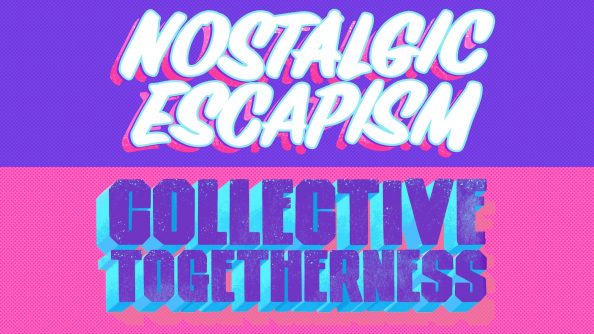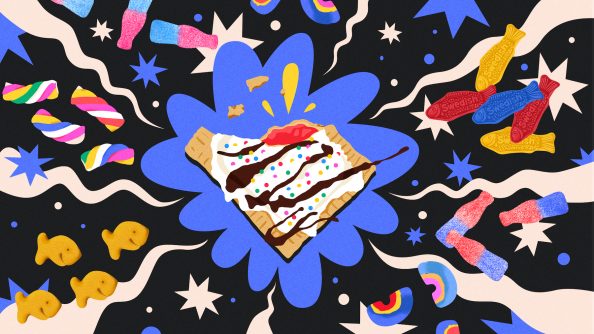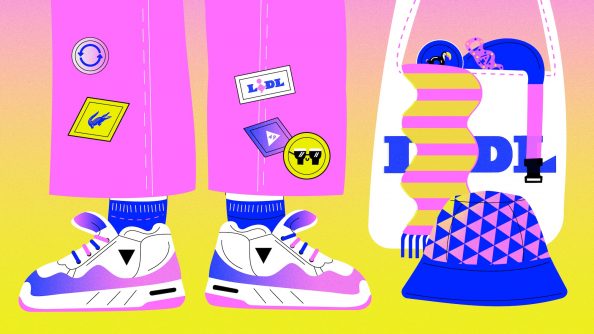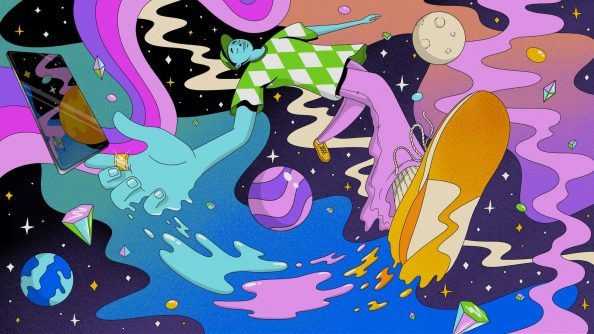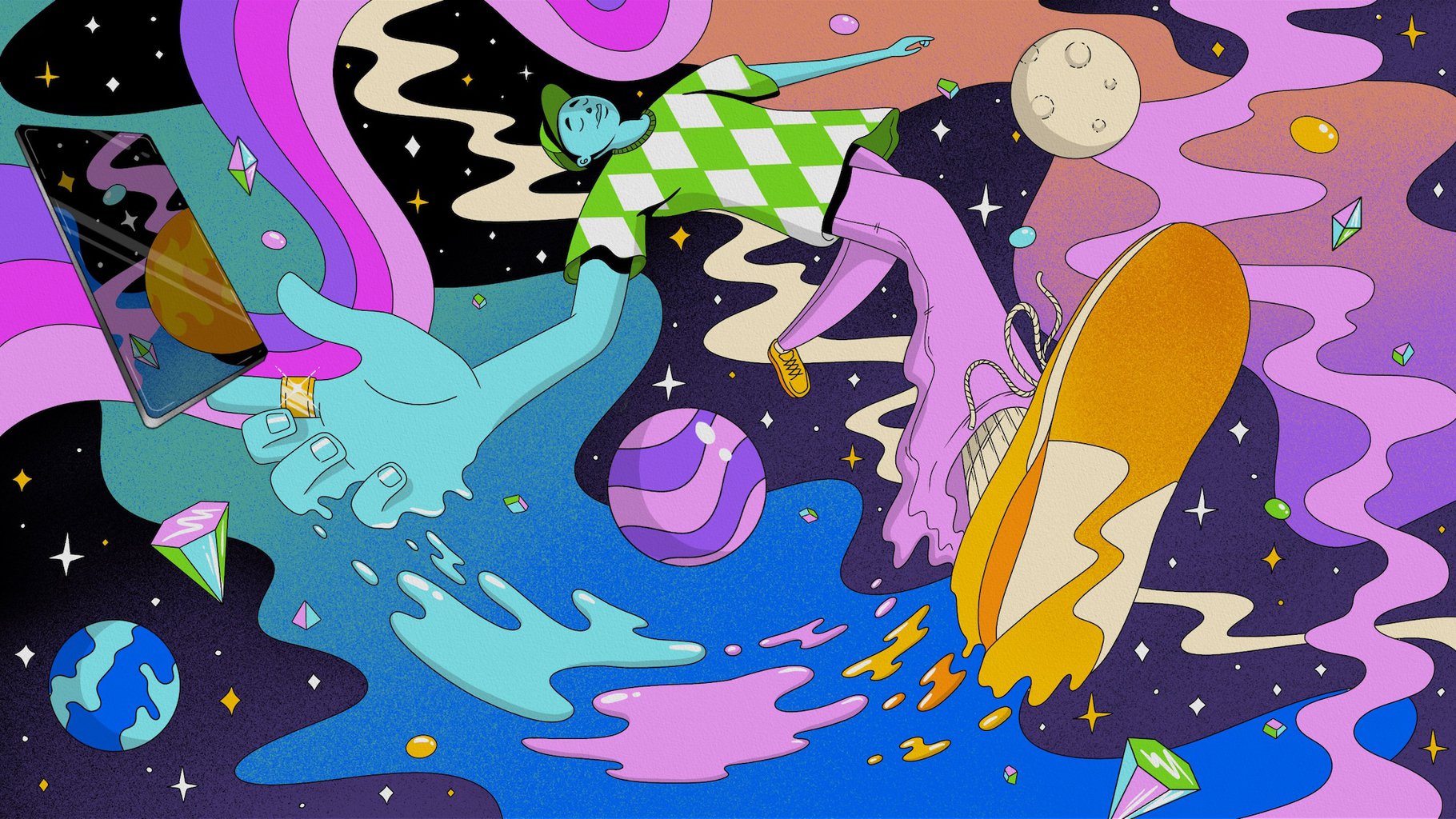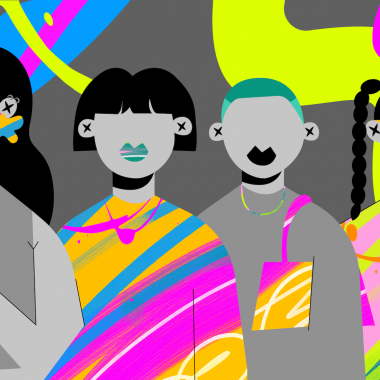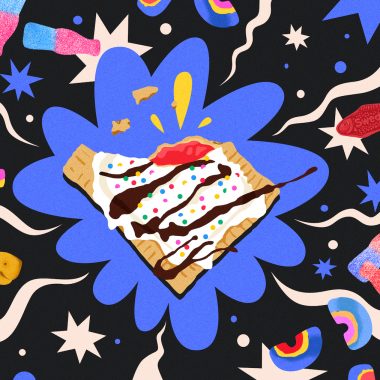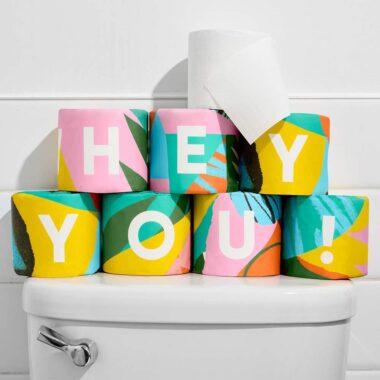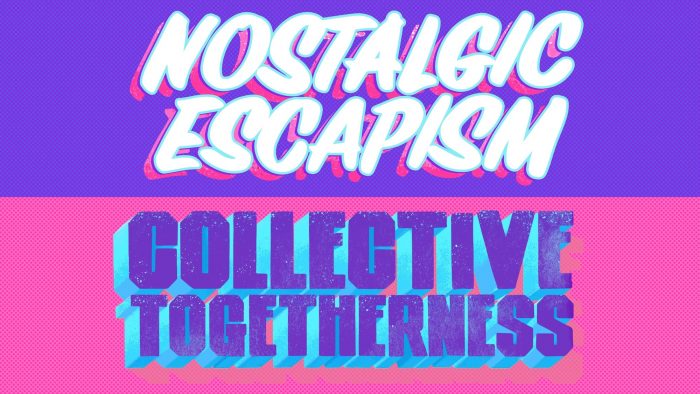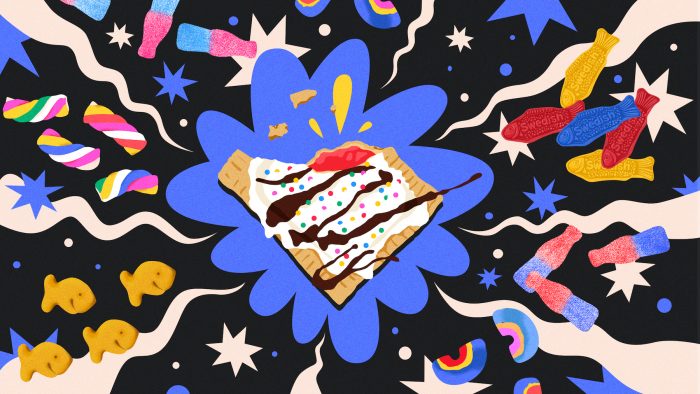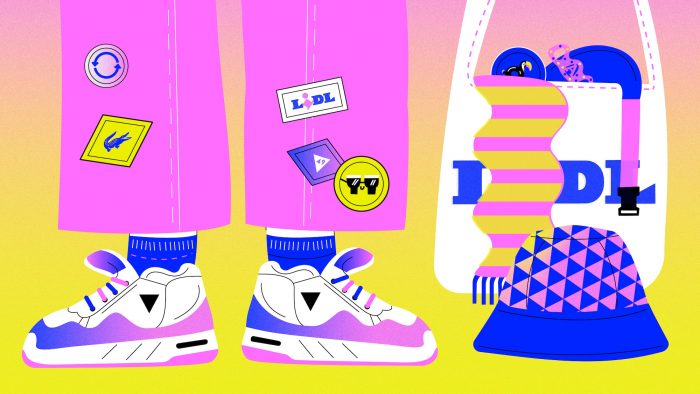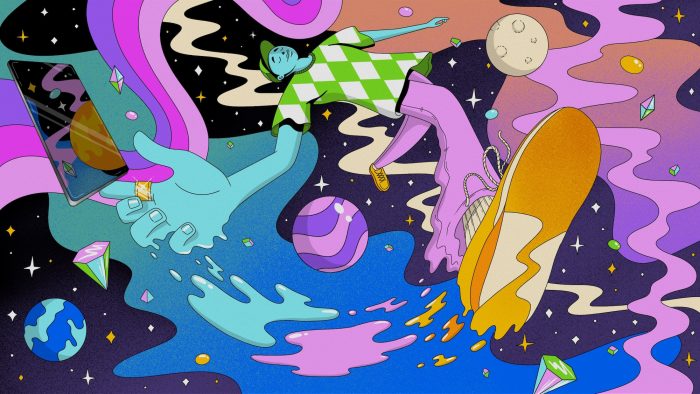We value the individuality and uniqueness that pulls us out of an oversaturated world
surrealism:
“A style in art and literature in which ideas, images, and objects are combined in a strange way, like in a dream.”
– Collins Dictionary
In the aftermath of World War I, surrealists such as Salvador Dalí, Pablo Picasso and Frida Kahlo paved the way for a new type of art—one that played in imagination rather than reality—that is still present today. Yayoi Kusama’s sold-out exhibitions, wavy mirrors, disco ball everything and immersive experiences all owe a debt to those early surrealist trailblazers.
The generation most entranced by this new wave of surrealism? Which other than Gen Z?
Surrealism is strangely comforting to Gen Z. And it’s no wonder. We’ve literally grown up in a world of chaos. Global pandemics, economic turmoil and, most recently, an imploding submersible headed for the wreck of the Titanic.
Our gradual dread fatigue simultaneously makes my generation the least trustworthy of large corporations. Sixty percent of Gen Z buyers say they don’t trust businesses and aren’t interested in the “realities” they offer (side note: we know they are empty promises, anyway). “Keeping up with the Joneses” doesn’t interest us. Valuing individuality and uniqueness that pulls us out of an oversaturated world, however, does.
Being born into this whirlwind of disarray, of course surrealism appeals. It enables us to escape, to swap our daily realities of constant dread and worry for something whimsical and exciting—if only for a fleeting moment.
Is surrealism the next big trend?
Marketers, of course, are starting to catch on. The rise of bizarre, otherworldly TikTok aesthetics such as #WeirdGirlcore and #Clowncore have shown us this manifestation of nuanced surrealism, now usable by more astute marketers. Skims shapewear models, for example, have been seen posing with trippy “alien models.”
The way I see it, surrealism is a form of maximalism, a trend that has grown tremendously in the past few years. Maximalism boomed post-COVID, allowing individuals to craft the person they want to be. Surrealism takes it one step further by creating the world that their most authentic selves want to live in.
But it has its nuances. There is nothing Gen Z hates more than something half-assed. A half-ass apology, some half-ass advertising, a half-ass brand. It’s hard to “halfway” embrace surrealism or maximalism. You will get lost in the sauce or, worse, left on the shelf.
Who is doing it right?
So, for big brands to successfully embrace surrealism for a chance to win our dollars, they need to truly indulge in making a world of their own. So, who’s actually doing the dang thang?
At first glance, you might not be 100% sure what Minor Figures is selling. It has created a fun, whacky, and—yes—surreal artistic world—that just so happens to sell oat milk. And speaking of worlds, Engine Gin has created an entire online universe that feels part contemporary art museum, part video game, and certainly pushes beyond your regular expectations.
Spoiled Child is another favorite. At the forefront of commercial AI since the brand’s inception last year, its skin and hair products turn up in weird places, with trippy advertisements and interesting social media posts. Utilizing surrealism in its own niche way, Spoiled Child offers a futuristic, otherworldly experience that’s totally different from anyone else in their space.
Lastly, fashion house Loewe was named a hottest brand of Q3 2023 by the Lyst Index. On the surface, this might seem like a left-field choice. However, its popularity on TikTok has accelerated its relevance amongst Gen Z and comes as a direct result of the brand’s surrealist art direction (not to mention the social teams’ #werk with the right influencers). New Loewe items go viral almost weekly, but it’s not their beautiful jumpers or delicious-smelling perfumes. It’s the purse bracelets, moving charms and Polly Pocket style of clothing that we covet. Loewe’s surrealist approach has done more than start a conversation; it has inspired Gen Z and given it a new affinity for a lux brand that plays with them, not above them.
Brands that want to jump aboard the (Belgian surrealist René Magritte) surrealist train need to think big, dream weird, and, as the Collins Dictionary definition up top alludes to, combine things in a strange way. It seems like brands want to tiptoe, but far and few jump right in. Change is scary, especially when it strays too far away from reality and your comfort zone.
To really attract Gen Z, brands need to think like Gen Z. Stop worrying about being perfect; we are not interested in that anyway. We appreciate brands that dive in headfirst, soaring above the sea of sameness and embracing authentic weirdness. Surrealism is not something to be forced, but something to experience.
Originally published as a Gen Z Voices essay for AdAge, October 25, 2023.
